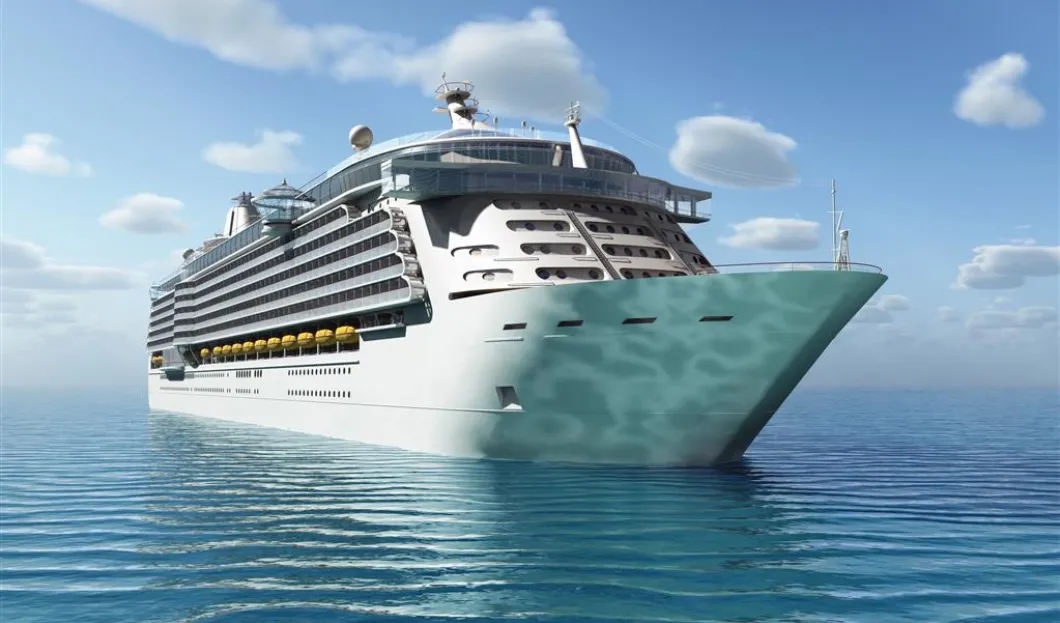
A recent report by Clia Europe on the “contribution of cruise tourism to the economies of Europe” has revealed some interesting facts and figures about the industry's growth in 2013 and its effect on European tourism via expenditure and key source and destination markets. Growth in the sector increased by 22%, up to €39 billion, and demand for cruises is increasing in the continent with European-sourced passenger numbers up by 44% to 6.4 million. This makes Europe the second largest cruise market after North America, with 30% of global share, and data shows that while there were 73 non-European vessels operating in the area, 166 ships operated 2,619 cruises in the Mediterranean and 108 operated 1,249 cruises in Northern Europe.
The key destinations on these European cruises and the demand in the Mediterranean and Northern Europe.
The majority of European cruises are destination led with companies looking for the ideal mixture of must-see destinations to bring in tourists and strategic ones to make the whole trip easier. When looking at this growth in cruise tourism in the Mediterranean and Northern Europe through the passenger numbers and revenue, we start to see some key leaders and interesting figures.
Starting with the Mediterranean, the destination topping this leaderboard is Barcelona because it has a great balance in the numbers of passengers embarking and disembarking and port of call visits – all of which suggest that passenger desire and logistics play an important role. Barcelona is also top for revenue with just shy of €2.6 million in 2013. Second on the list is Civitavecchia because of an impressive 1,548 port of call visits and Venice comes third – a fact that is also true regarding revenue.
Over in Northern Europe, it is Southampton that comes first, although this has little to do with port of call visits, which totalled just 54 in 2013, but rather the high number of embarking and disembarking passengers (796 for both). It is also the region's leader for revenue at €1.646 million. Second in both regards is Copenhagen, which only had 224 embarking and disembarking passengers but 352 port of call visits and €800 thousand of revenue. Third for passenger numbers was Lisbon, with less embarkations but 507 port of call visits; however, this city was not third on revenue, this is instead Kiel in Germany.
The importance of the UK, Germany and Italy regarding the growth of the European cruise industry.
The ports mentioned above are all crucial because they provide the destinations that tourists want to sail to and the ideal starting points for European travellers, but statistics for the UK, Germany and Italy show that they have an additional, substantial impact on cruise tourism. The UK is the highest outbound market in Europe at the moment, providing 27.2% of European cruise passengers with 1.69 million residents sailing in 2013, and this explains why Southampton is seen as the top port in Northern Europe. Not only does Southampton have the air links and hotels to make it a great strategic port, it is one of the most popular in the country alongside Dover. As is seen further down these leaderboards, Italy is a vital destination market and it provided €4.57 billion in direct cruise industry expenditures in 2013, which was an increase of 2.5%. Germany meanwhile aided the industry in a way that could be easily overlooked; they saw a 5% increase in ship construction and they are vital for helping to provide and maintain all those ship sailing the Mediterranean and Baltic seas.
These vital markets and popular destinations are also aiding growth in the industry through increased expenditure.
Not only are construction projects, cruise lines operations and passenger numbers on the rise, there are encouraging figures in these recent reports about the money that visitors are spending in addition to the initial cost of the cruise. 2013 saw €16.2 billion in direct spending by cruise lines, their passengers and crews and this was seen in a number of key areas such as shore excursions, hotel stays in the port of embarkation and disembarkation, air travel and merchandise from those must-see ports of call. Apparently the average spend per port by passengers was €62 while the crew spent €23.
In short, it was a good year for European cruise tourism with growth in a number of important areas – such as demand in key regions, improvements in destination markets and construction – and this high figure of of 22% growth for 2013 will have a fantastic impact on European tourism as a whole thanks to factors like the rise in revenue in source markets like the UK and increasing expenditure in ports of call.










